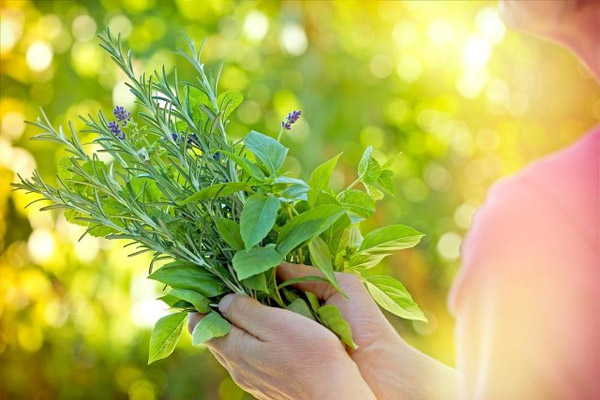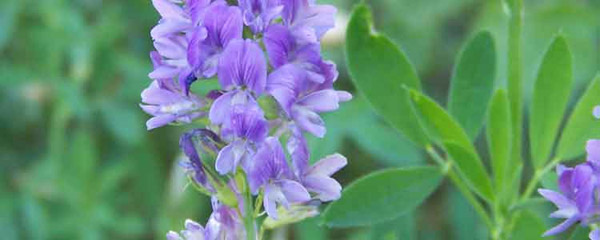|
|
Herbs for Anemia

Anemia is a medical condition in which the blood has a deficiency of red
blood cells or of the hemoglobin these cells need to carry oxygen. Nutritionists
feel that blood nourishing
herbs aid in the absorption of iron as well as
providing other benefits to the blood. And with lower doses of iron, the
unpleasant side effects can be avoided.
One of the most widely recommended herbs for anemia is
yellow dock root.
Yellow dock is a common roadside weed. Yellow Dock's high iron content makes it
beneficial for treating anemia and
pregnant women. The properties of this herb
are alterative, depurative, laxative, purgative, cholagogue, and astringent. The
primary chemical constituents of Yellow Dock Root include anthraquinone
glycosides, tannins, resins, oxalates, and
iron. It also contains varying
amounts of phosphorus,
vitamins A and
C, and
calcium. It helps to free up iron
stored in the liver, thus making it more available to the rest of the body
Another herb useful in the treatment of anemia is stinging
nettle,
also called nettle leaf. Even though this herb contains a stinging irritant to
skin, it can be cooked and eaten like spinach. It grows in moist shady places.
It can be obtained as the bulk dried herb, tincture, or capsule form at health
food stores. While a few sources suggest nettle shouldn�t be used in pregnancy,
many midwives use it with their patients and get good results. It is often
combined with red raspberry leaf and oat straw herb, and used as a tea. The
addition of anise seed seems to improve results.
|
|
Dandelion and
burdock root are often used in combinations of herbs
to treat anemia. These plants are widespread and easy to identify, and could be
used in cases where medical help is not available. They may work by increasing
the body�s ability to absorb iron from food.
|
|

Alfalfa is a plant that is very nourishing when taken in tablet form.
It is often included in combinations of herbs designed to build up the blood.
Alfalfa tablet doses are usually large, like 18 per day. It is more like a food
than a medicine.
Gentian ( Gentiana lutea) is often used in Europe to treat anemia by
stimulating the digestive system to more easily absorb iron and other nutrients.
Add 1 tsp. powdered dried rhizome to 3 cups of water. Take 1 tbs. about a half
hour before eating.
Spirulina, or blue-green algae, may treat both microcytic and macrocytic
anemias. Dose is 1 heaping tsp. per day.
Spirulina and other micro-algae are excellent remedies for most cases of anemia,
and B12 is essential for building red blood. Most cases of anemia, however, are
not merely a result of B12 deficiency alone; it may be that the massive amounts
of chlorophyll, iron, protein, and other nutrients in micro-algae overcome
anemia.
Primitive foods such as spirulina contain the highest food energy, the highest
nutrient value, and use up the least amount of the planet's resources. Spirulina
is also a powerful alkalinizing and healing food. It is an excellent support for
the healing of hypoglycemia, diabetes, chronic fatigue, anemia, ulcers, and for
boosting the immune system.
A third of an ounce (10 g) of spirulina powder is enough to cover the daily need
for vitamin B12 five times over, four times that for vitamin A, 83 percent of
the daily requirement for iron, 30 percent of vitamin B2, and 25 percent of
vitamin Bj. Spirulina is particularly recommended for fatigue, anemia, eyesight
problems, menstrual problems, and skin disorders. In addition, it helps
strengthen the immune system and facilitates the elimination of toxins that have
collected inside the body. It comes in the form of a deep-green powder with a
faint aroma, and also in tablets or capsules.
(Healing with Whole Foods: Asian Traditions and Modern Nutrition by Paul
Pitchford)
Warning: Consult a qualified physician before you start any treatment
involving iron supplements.
Dated 03 December 2011
Related Links
|
|
|
|
|







